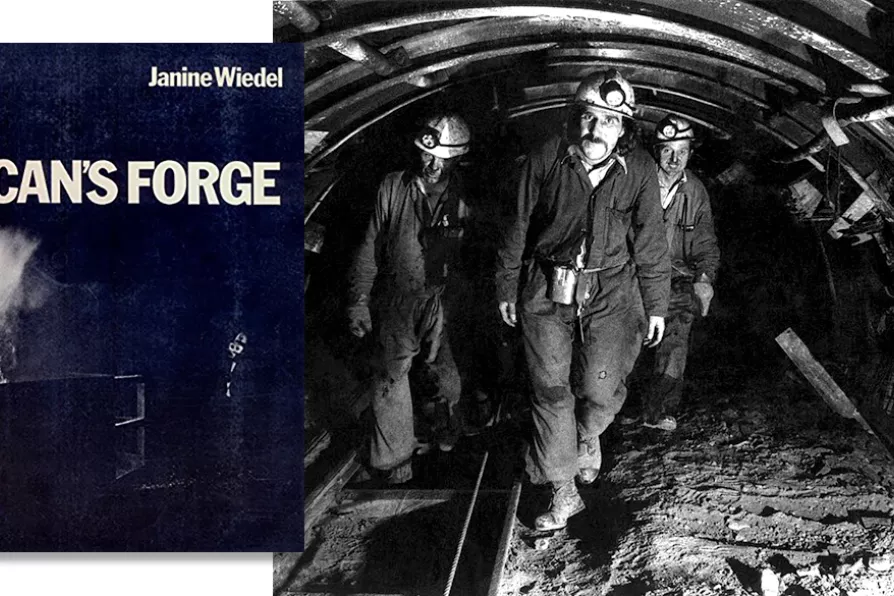JOE GILL speaks to the Palestinian students in Gaza whose testimony is collected in a remarkable anthology

 Coal Mining
[Janine Wiedel]
Coal Mining
[Janine Wiedel]
Vulcan’s Forge, by Janine Wiedel
Bluecoat Press, £40
IN 1977, Janine Wiedel set out in her VW campervan to photograph industry in England’s West Midlands – once the heart of the Industrial Revolution. A region that was home to thousands of businesses – from iron and steelworks to engineering workshops and potteries, jewellers and coal mines – but then already in steep decline. Underinvestment in both premises and machinery over many decades, combined with government indifference, had left the area depressed and its industries in a terminal state.
Vulcan’s Forge is a beautiful monograph documenting the area and its people in over 150 pages of tri-tone printed photographs. It is divided into sections on each industry — The Forge, Jewellery Quarter, The Potteries and Chain-making — with extended captions and background information on each location.
This project, which took Wiedel two years to complete, was begun when she won a bursary from the West Midlands Arts Association, the first to be given to a photographer. Before the West Midlands project, she had already published two books and held exhibitions, one on Irish tinkers and the other on the Inuit people of Baffin Island.
All three subjects represent marginalised communities.

ANN HENDERSON looks at the trailblazers of the Women’s Trade Union League and their successful fight for female factory inspectors — a battle that echoes in today’s workplace campaigns

JOHN GREEN is stirred by an ambitious art project that explores solidarity and the shared memory of occupation

Peter Mitchell's photography reveals a poetic relationship with Leeds











